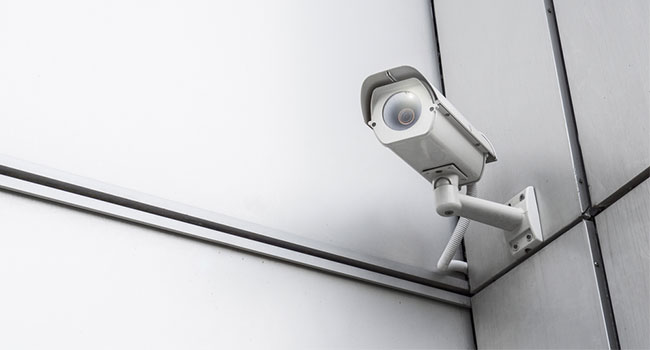
Michigan City Requires Businesses to Install Security Cameras
Businesses in the city of Saginaw, Michigan have until March 1, 2019 to install three security cameras at each building and put up parking lot lights.
- By Sydny Shepard
- Feb 20, 2018
Businesses in the city of Saginaw, Michigan have until March 1, 2019 to install three security cameras at each building and put up parking lot lights.
Saginaw City Council members unanimously passed the ordinance on Monday, Feb. 19, for most Saginaw business owners to boost security around their property. The ordinance is intended to reduce the likelihood of death and injury to patrons and employees of businesses that "have characteristics which may tend to increase the potential risk of criminal activity on their premises," according to the proposal.
If crime should occur, the cameras would be able to aid law enforcement agencies in investigations, the proposal states.
Saginaw City Councilman Demond Tibbs and Saginaw Police Chief Bob Ruth said the move is cost-effective and in the long run will make the city safer.
"We need businesses to thrive in the city," Tibbs said.
Each of the three cameras would face a specific position: one covering the counter and register area, one capturing the face of each person entering and leaving and one providing a view of the parking lot, according to the proposal.
"I think the extra work that we're doing is far outweighed by the quality of work we're going to get in the end, on the way we'll be able to solve cases. It's really going to help us," Ruth said.
If a business chooses not to install cameras, or if a worker interferes with the cameras, a civil infraction and fine would be issued, according to the proposal. Ruth said business owners have one year for compliance.
The proposal also mandates any business open after dark or before dawn to have parking lot lights that stay on throughout all hours of darkness.
About the Author
Sydny Shepard is the Executive Editor of Campus Security & Life Safety.